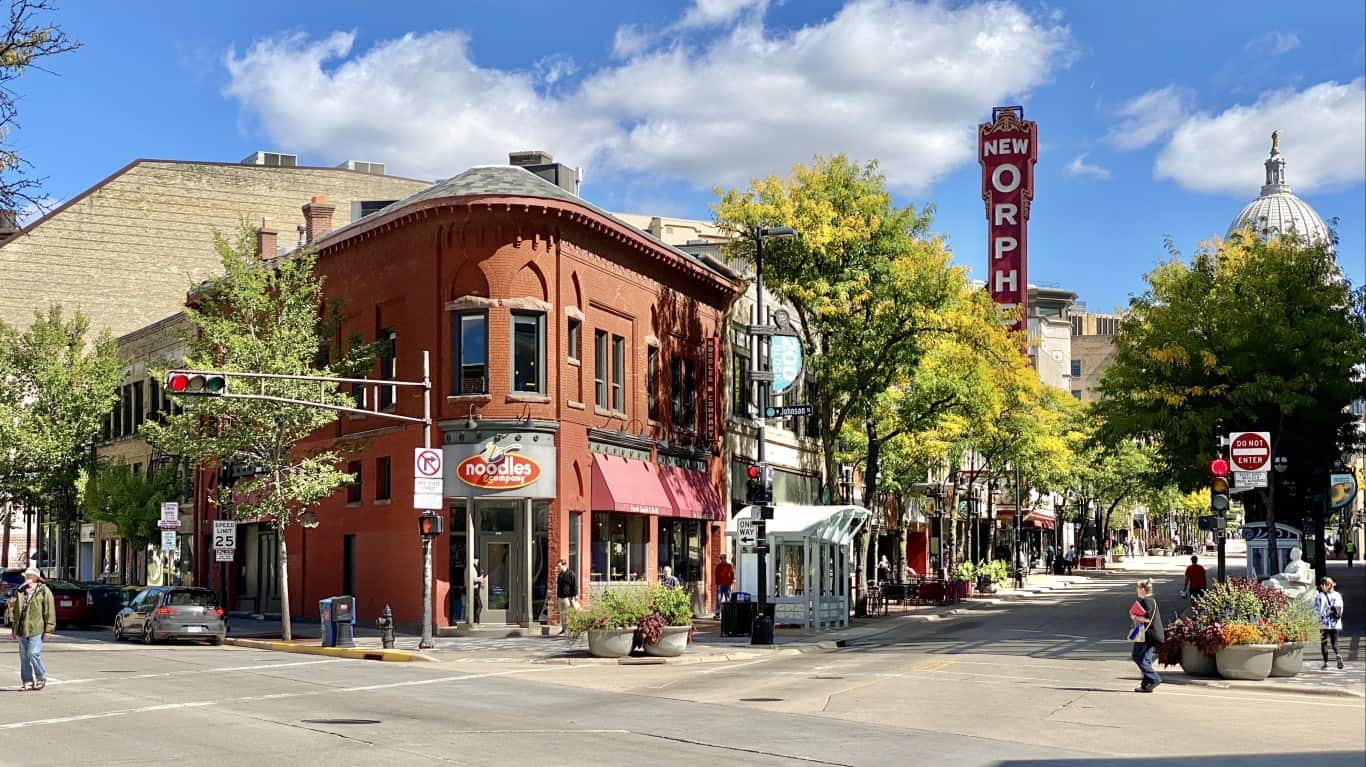The Most Challenging States for Black Americans: A Deep Dive
Racial disparities continue to persist in the United States, despite efforts to address the issue. To assess the extent of these disparities, 24/7 Wall St. created an index consisting of eight measures to evaluate race-based gaps in socioeconomic outcomes. In this article, we explore the eight states where the gaps are the most pronounced.
The Widest Disparities: A Closer Look
Based on 24/7 Wall St.’s analysis, the following states present the most significant disparities for Black Americans:
-
1. Wisconsin: Median household income: $38,732 (Black); $75,803 (white). Homeownership rate: 26.5% (Black); 71.9% (white). Unemployment rate: 8.3% (Black); 3.0% (white). Black population: 356,150 (6.1% of total).
-
2. Iowa: Median household income: $40,592 (Black); $72,363 (white). Homeownership rate: 27.2% (Black); 74.3% (white). Unemployment rate: 11.0% (Black); 3.4% (white). Black population: 117,940 (3.7% of total).
-
3. Minnesota: Median household income: $49,738 (Black); $87,692 (white). Homeownership rate: 28.4% (Black); 76.8% (white). Unemployment rate: 8.6% (Black); 3.4% (white). Black population: 377,173 (6.6% of total).
-
4. Illinois: Median household income: $46,717 (Black); $85,060 (white). Homeownership rate: 40.2% (Black); 73.7% (white). Unemployment rate: 13.7% (Black); 4.8% (white). Black population: 1,744,151 (13.7% of total).
-
5. Michigan: Median household income: $42,171 (Black); $73,039 (white). Homeownership rate: 43.3% (Black); 78.4% (white). Unemployment rate: 13.1% (Black); 5.0% (white). Black population: 1,346,918 (13.4% of total).
-
6. Pennsylvania: Median household income: $45,944 (Black); $77,962 (white). Homeownership rate: 43.4% (Black); 74.3% (white). Unemployment rate: 11.1% (Black); 4.6% (white). Black population: 1,347,784 (10.4% of total).
-
7. Ohio: Median household income: $40,499 (Black); $71,843 (white). Homeownership rate: 36.1% (Black); 72.7% (white). Unemployment rate: 10.6% (Black); 4.3% (white). Black population: 1,431,238 (12.2% of total).
-
8. Indiana: Median household income: $42,067 (Black); $70,740 (white). Homeownership rate: 38.0% (Black); 74.9% (white). Unemployment rate: 9.9% (Black); 4.1% (white). Black population: 631,919 (9.3% of total).
Why This Matters: Personal and Global Implications
These disparities have significant personal and global implications. For individuals, they can limit opportunities, hinder upward mobility, and contribute to feelings of frustration and hopelessness. At a larger scale, these disparities can perpetuate systemic issues, exacerbate social unrest, and hinder economic growth.
Moving Forward: A Call for Change
To address these disparities, it is crucial to raise awareness, foster understanding, and promote equitable policies. This can include initiatives to increase access to education, create more job opportunities, and promote affordable housing. By working together, we can create a more inclusive and equitable society.
Conclusion: A Collective Responsibility
The states discussed in this article represent just a fraction of the racial disparities that exist in the United States. However, they serve as a reminder of the urgent need for change. By acknowledging these disparities and working towards solutions, we can create a more equitable future for all.
The data presented in this article is a call to action for individuals and policymakers alike. It is our collective responsibility to address these issues and work towards a more inclusive and equitable society.
Your actions, no matter how small, can make a difference. By educating yourself, engaging in meaningful conversations, and advocating for change, you can contribute to a more just and equitable world. Let us all strive to be part of the solution.
For more information on racial disparities and ways to get involved, please visit organizations such as the National Association for the Advancement of Colored People (NAACP), the National Urban League, and the Southern Poverty Law Center.





